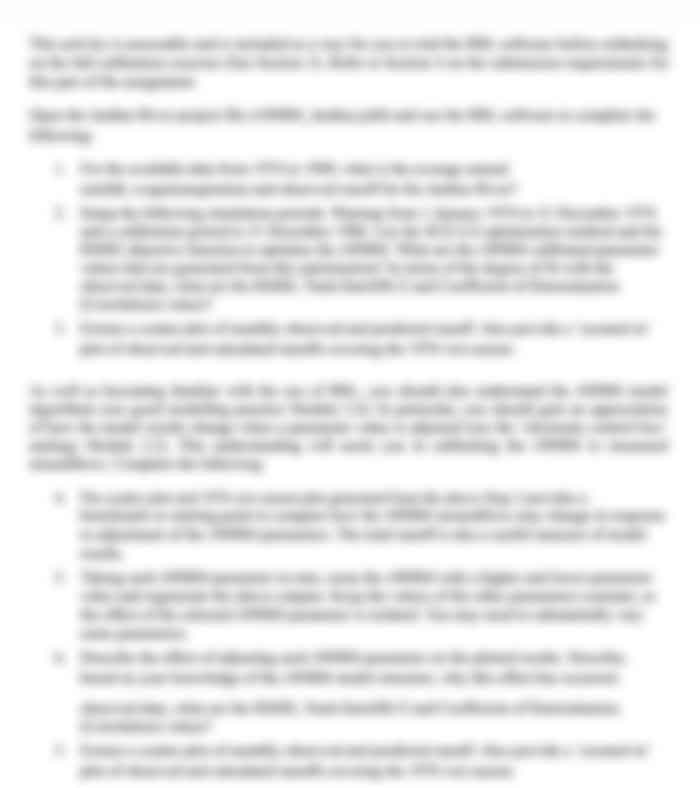ALC708 Social Media Content Creation Assignment
- Subject Code :
ALC708
Assessment Task 1
Overview
This task requires you to submit working hyperlinks to the blogsite you will be using to build and share your portfolio throughout the unit. You must include a brief written reflection on the decisions you have made in designing and producing your blogsite.You will also produce an initial blog post that critically and creatively engages with the issue of online identity by analysing one or more aspects of your own online identity. The media content integrated into your blog post must conform to the specified requirements.
How to Write Your Reflection
You must include a 400-500 word reflection on the following:
- Reflection on decisions made in setting up/using Wordpress or a website builder (100 words);
- Reflect on the role of theimages and the infographic in conveying your argument in the blogpost. (100 words);
- Explain how your argument in the blogpost was informed by your reading/ research. (150 words), and;
- Reflect on the challenges you faced, solutions you adopted, and what you learnt from the task (150 words).
You may use the first person (I, my) when writing the reflection. Please note the usual 10% leeway for overall word count isnt relevant here due to the more generous range provided.
The written component of your blog post must be between 700-800 words, not including captions, in-text citations, or listed references.The usual 10% leeway isnt relevant here due to the more generous range provided .You must create a blog that focuses on one or more aspects of your own online identity (you might find that one aspect is more than enough). You could, for example, analyse one of the following:
The persona you construct on a specific online platform (Facebook, Instagram, TikTok, and so forth). The way in which part of your online identity has evolved over time
Your connection to, and interactions with, a specific online community. A past experience relating in some way to your online identity.
Your analysis of your example(s) should inform a general discussion of the nature of online identity itself drawing on theoretical concepts from your reading and research will help you accomplish this.
You must use the following essential reading from the Week 4 learning materials, which is available as an eBook chapter via the library catalogue:
You must use the following essential reading from the Week 4 learning materials, which is available as an eBook chapter via the library catalogue:
Smith, S and Watson, J 2014, Virtually Me: A Toolbox about Online Self-Presentation, in Poletti, A and Rak, J (eds.), Identity Technologies: Constructing the Self Online, The University of Wisconsin Press, Madison, pp. 70-95.
You must use four sources (the Smith and Watson reading noted above is included in this number) in your blog post
Scholarly sources include books and journal articles that have been peer-reviewed (their own use of references usually gives this away)
Direct and explicit reference to your source(s) should be made by briefly quoting or paraphrasing them in your blogs written component
Never list sources you dont directly use in your work
You may draw on websites, news articles, blog posts, etc. as sources in your written component where relevant and useful, but these do not count as scholarly (peer-reviewed) research
The Deakin library holds heaps of relevant and useful material contact the Facultys liaison librarians if you require assistance using the library resources
Reference your work in the Harvard style using in-text citations with specific page numbers and a reference list (you can see how I do this in Study Notes and blogs)
You must incorporate the following media into your blog post to complement your written component:
An infographic that summarises key ideas based on your reading/research.
2-3 images (see next section for full details)
Part of the point of this exercise is to enhance your awareness of how you might properly, legally, ethically, and creatively use online material to produce a digital text. For example, you cannot and must not simply grab whatever you like from a quick Google images search this is not only problematic, but demonstrates a lack of creativity.
Any images you use in your blog post must be from the following options:
Photographs or drawings Canva designs
Embedded images from your own social media account (these would need to be from public accounts to work)
Screenshots from your own social media accounts (no other profiles or websites)
When using images (including those used in tweets, infographics, Insta/Facebook embeds, and screenshots), you must conform to the options below:
- Images that you have created yourself (make this clear in your blog)
- Images with appropriate Creative Commons licences (credit these)
If a photograph or screenshot identifies anyone visually or by name, you must obtain clear written permission from the relevant individual(s) to use it in your blog post
Create your own brief written consent form for them to sign
Upload copies of all signed consent forms (if applicable) as part of your CloudDeakin dropbox submission
dont put signed forms on your blog post!
Reference any Creative Commons licensed material.
Make sure you understand the type of licence the image has been shared under and what you can do with it
Ensure you include working hyperlinks to the original source as your marker will check that you have used this material correctly
You must submit your links/reflection in a Word document (not a PDF) to the Portfolio Output 1 assessment dropbox on CloudDeakin
Starting on a new page in your document, provide screenshots of the website page(s) you would like your marker to review
We will only be marking your publicly posted profile and site; the screenshots are just a backup in case it is needed
On the final page(s) of your document, copy and paste the contents of your finalised blog post (dont
worry about the formatting; this is again just for backup purposes and its only your published blog post that will be marked)
Ensure your link works by trying it in a different browser or logging out of your website and testing it as if you are a visitor to your site (this also ensures you havent set your blog to private)

